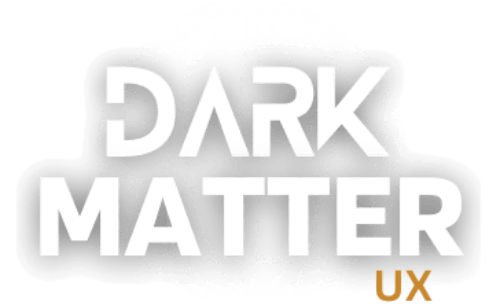In the realm of web design, white space, also known as negative space, plays a crucial role in creating visually appealing and effective websites. It refers to the empty areas between elements, such as text, images, and graphics. In this blog post, we will explore the significance of white space in web design and how it can enhance user experience, improve readability, and convey a sense of sophistication and elegance.
Understanding White Space in Web Design
- Definition and Types of White Space:
- White space is the area that remains unmarked or unused in a design composition.
- It can be categorized into two types: macro white space (larger gaps between major design elements) and micro white space (smaller gaps between smaller design elements).
- The Importance of White Space:
- Visual Balance: White space helps establish a sense of equilibrium by providing breathing room and preventing overcrowding of elements.
- Focus and Emphasis: It draws attention to key elements, such as headlines, call-to-action buttons, or important content, creating a hierarchy of information.
- Readability and Clarity: Ample white space enhances the legibility of text, improves comprehension, and makes the overall content more digestible.
- Aesthetics and Elegance: Well-utilized white space can evoke a sense of sophistication, modernity, and elegance in a design.
Benefits and Advantages of White Space in Web Design
- Enhanced User Experience:
- Improved Navigation: White space around navigation menus and buttons allows users to interact with them easily and reduces the chances of accidental clicks.
- Clear Content Separation: White space between sections or paragraphs helps users distinguish between different pieces of information and improves content scanning.
- Reduced Cognitive Load: By decluttering the design and providing visual breathing room, white space reduces cognitive strain and allows users to focus on the essential elements.
- Improved Readability and Comprehension:
- Legible Typography: Ample white space around text improves readability by reducing eye fatigue and increasing the contrast between text and background.
- Line Length and Spacing: Optimal white space between lines, paragraphs, and margins enhances the flow of text and makes it easier to read and understand.
- Scannability: White space allows users to scan the content quickly, picking up key points and navigating through the information effortlessly.
Techniques for Utilizing White Space Effectively
- Embrace Minimalism:
- Simplify the design by removing unnecessary elements, focusing on the essential content, and allowing white space to provide visual breathing room.
- Use white space intentionally to guide the user’s attention and create a sense of elegance and sophistication.
- Find the Right Balance:
- Maintain a balance between content and white space to ensure a harmonious and visually appealing composition.
- Experiment with different ratios and proportions to achieve the desired aesthetic and functionality.
- Grouping and Alignment:
- Use white space to group related elements together, creating visual associations and improving overall organization.
- Align elements with precision to create a sense of order and coherence within the design.
- Optimize Responsive Design:
- Consider how white space adapts to different screen sizes and devices in responsive design.
- Ensure that white space is maintained and serves its purpose across various platforms and resolutions.
Conclusion:
White space is a powerful tool in web design that can transform the look and feel of a website, enhance user experience, and communicate messages effectively. By understanding the importance of white space, utilizing it intentionally, and finding the right balance, designers can create visually appealing and user-friendly websites that leave a lasting impression on visitors.




